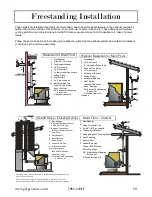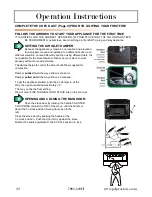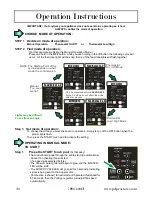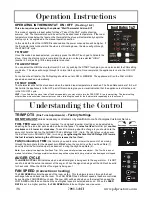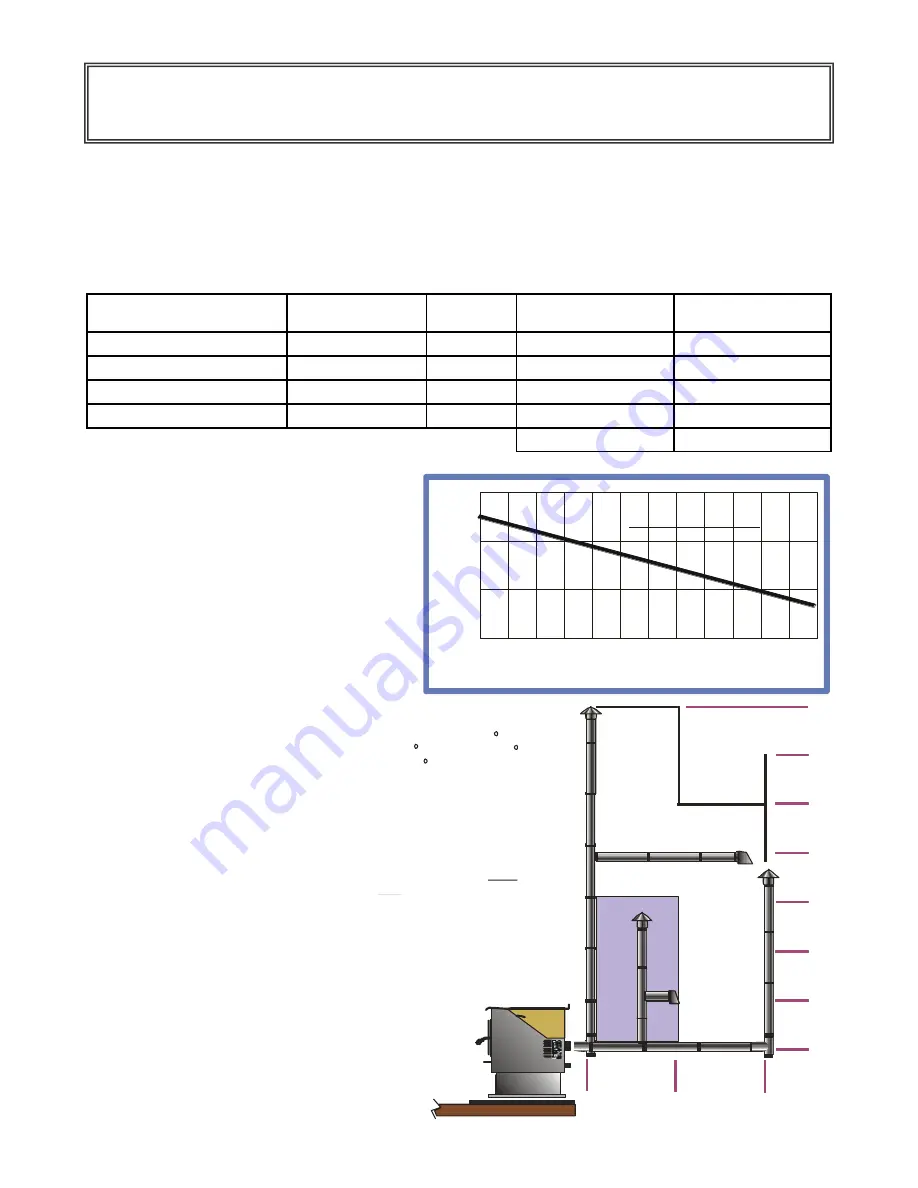
www.pelprostoves.com
7081-148H
11
DETERMINE VENTING SIZE AND DISTANCE:
It is recommended that the vent system be installed with a minimum of three (3’) of vertical
rise above the appliance exhaust port.
Equivalent Vent Length
(EVL)
is the method of determining vent sizes and lengths, that takes into account the
effect of different component parts on air flow.
STEP 1
To help you determine the correct size and/or run, simply fill in the chart below.
Pellet Venting
Component
# of Elbows
OR feet of Pipe
Multiply by
Equivalent
Feet
Component
Equivalent
90 Degree or Tee
X
5
45 Degree
X
3
Horizontal Pipe
X
1
Vertical Pipe
X
.5
Total Equivalent
Step 2
Ensure the Total Equivalent
is or is less than 30.
Step 3
Use the Sizing Chart to
determine the proper venting
size according to the Total
Equivalent and the Altitude
above sea level.
NOTE:
In some cases it may be
necessary to contact Hearth
& Home Technologies
Customer Service personal
to determine acceptable
venting configurations
and altitude adjustments
1-877-427-3316.
The diagram to the right will help to
give you a visual reference.
0 1 2 3 4 5 6 7 8 9 10
10
20
30
Altitude in Thousa nds of Feet
Eq
u
iv
a
le
n
t
Pi
p
e
L
e
n
g
th
in
F
e
e
t
3 or 4 Inch Dia meter Pipe
4 Inch Dia meter Only
Use Diameter “PL” Vent
If venting outside of
shaded area.
4”
0’
0’
5’
5’
10’
10’
15’
20’
25’
30’
33’
Vent must have a support
bracket every 5’ when on
the exterior wall.
Vent height and run
exceed the distance
shown in the un-shaded
region of chart.
must
not
To achieve optimum
performance, keep vent runs
as short as possible.
Especially on horizontal
installations.
Use
or Diameter
“PL” Vent, if venting in
shaded area.
3” 4”
Maximum venting height is 33’.
Maximum horizontal offset is 10’.
Use the Equivalent Vent Length
Chart to determine proper
combination of component parts.
Planning
- Exhaust Systems



















